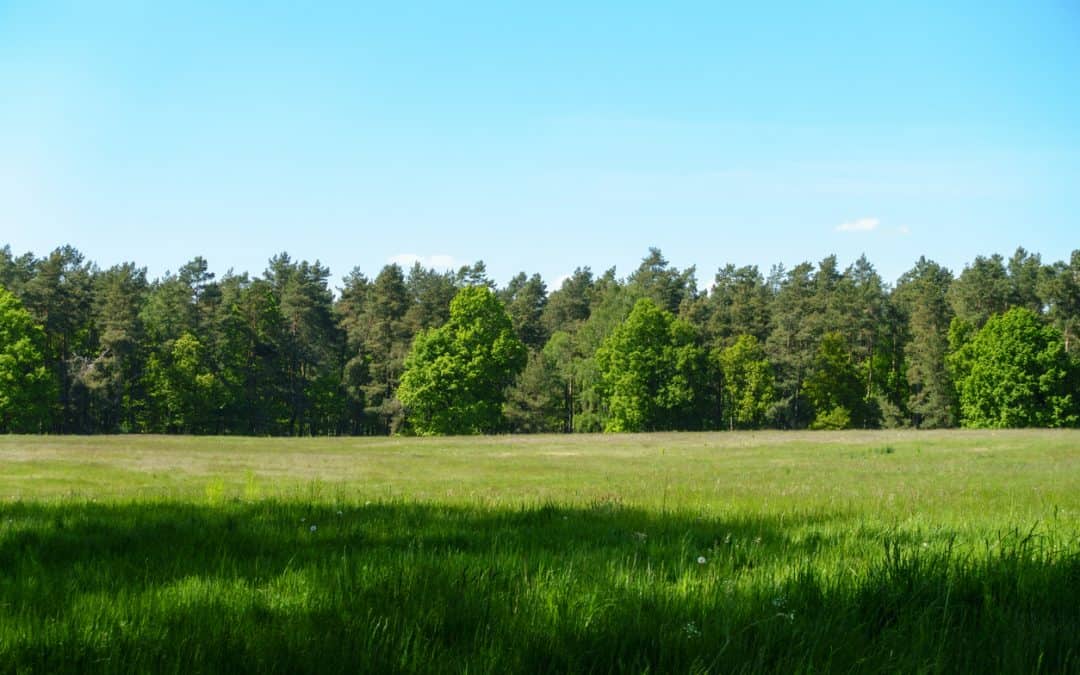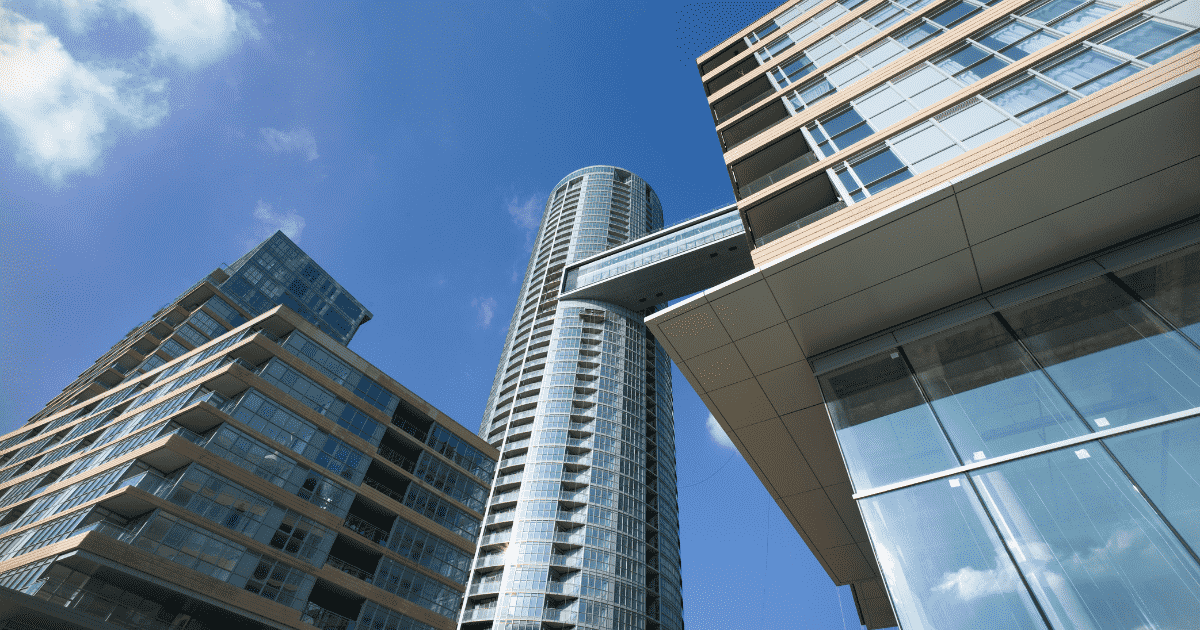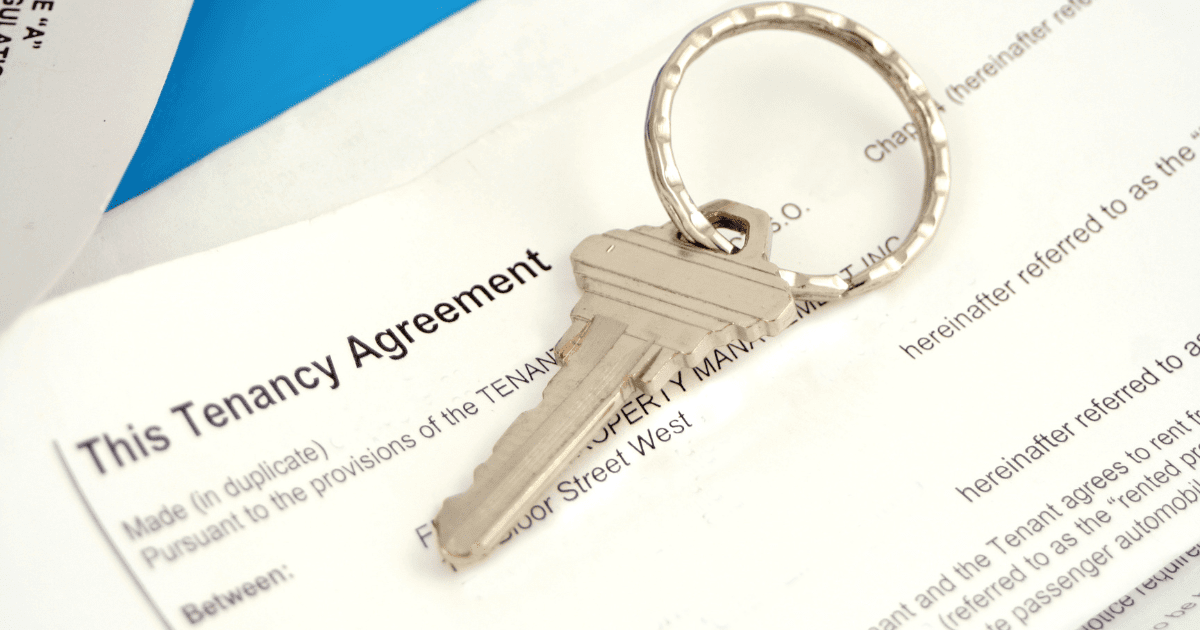Trees are prominent features for both residential and commercial properties. Owners have a responsibility to understand and properly maintain the trees on their land – especially if they are shared with or may impact neighbouring land.
Tree trespassing, often referred to as nuisance trees, occurs when the roots, branches, shedding debris or actions of an owner of a border tree interferes or causes damage to a neighbouring property. Neighbours who have a tree trespassing on their property are legally entitled to remove any offending parts of the tree. The neighbour can cut the roots, branches or shedding debris of the trespassing tree without consent from the owner of the property on which the tree lives.
It is important to understand the difference between boundary and border trees.
These two classifications dictate responsibility and liability for maintaining trees and the safety of the property on which they stand. Boundary trees have a trunk or visible roots that grow across a property line. The landowner and neighbour are both responsible for maintaining these trees, as they are common property for both parties. If a boundary tree is to be removed, consent is needed from both parties.
Border trees have a trunk or visible roots that are close to but not over the property line. This means that the landowner is solely responsible for maintaining the tree or trees.
While the idea of tree trespassing and responsibility over trees might seem simple, there are actually a lot of laws involved that many property owners might not be aware of. For example, did you know that leaning ladders against a tree to cut overhanging branches is considered trespassing? And for the more contemporary tree-concerned citizen, did you know that using selfie sticks to inspect the neighbour’s trees is also considered trespassing?
These laws differ according to where the property is located, so it’s important to look up all provincial and territorial laws, regulations and policies before removing, trimming or even taking a photo of a tree that is shared with a neighbouring property.
Additionally, if you’re purchasing a new property, it’s important to understand which trees are your sole responsibility and which will be a shared responsibility with neighbours.
Should a dispute over a neighbouring tree – or damage due to a tree – arise, the first step in resolving the conflict is to notify the neighbour that their tree is causing damage or inconveniencing the adjoining property. This is the fastest way to settle disputes, as tree owners are not always aware of how their trees may be impacting a neighbouring property.
This being said, the owner of the tree is responsible if the tree causes damage to the neighbouring property. This includes the tree falling into the neighbouring property.
The owner of the tree is not responsible for trimming parts of the tree that cross the border between the two properties – unless those parts are damaged and unsafe.
If a neighbour wants to trim parts of a border tree that is on their property, they can only do so to the property line. This includes tree parts that are underground and overhead. The owner of the tree is not responsible for incurring the cost of trimming.
Understanding the responsibility of tree ownership is an important part of owning a property. Sharing a tree with a neighbour should not be thought of as a nuisance, though.
For example, did you know that if a tree has fruit overhanging into a neighbouring property, the neighbour is responsible for offering it back to the tree owner? Small acts like that are what make trees a delight to share with neighbours.
John Martyn is the owner and consulting arborist for JPM Tree Services (JPM), based in Vancouver. He founded JPM over 25 years ago in Toronto in 1994 and was in operation for two years when John realized the trees were bigger out west. Since 1996, JPM Tree Services has been providing custom tree pruning and ISA Certified Arborist reports in B.C.’s Lower Mainland, Vancouver Island and farther afield.

















Can my neighbour put lights on branches of my tree overhanging ion his property?